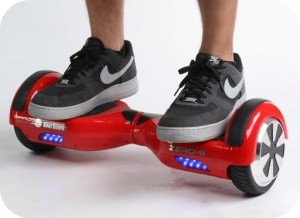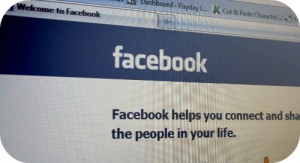 Even though stories about self-driving cars have appeared in the news for years now, the concept still seems almost too futuristic to be true. Autonomous autos are far from science fiction, however. In fact, some experts estimate that driverless cars will eventually reduce America’s 33,000 annual road fatalities by 80 percent. Carmakers recently took one step closer towards this goal when the National Highway and Traffic Safety Administration (NHTSA) told Google that its artificial intelligence system could be legally recognized Continue reading
Even though stories about self-driving cars have appeared in the news for years now, the concept still seems almost too futuristic to be true. Autonomous autos are far from science fiction, however. In fact, some experts estimate that driverless cars will eventually reduce America’s 33,000 annual road fatalities by 80 percent. Carmakers recently took one step closer towards this goal when the National Highway and Traffic Safety Administration (NHTSA) told Google that its artificial intelligence system could be legally recognized Continue reading

 Last week, a judge ordered Apple to help the FBI unlock an iPhone used by one of the perpetrators in the San Bernardino mass shooting. Despite the gravity of the case, the tech giant refused the government’s request on the grounds that such an act would compromise the security of all its customers. “We feel we must speak up in the face of what we see as an overreach by the U.S. government,” said Apple CEO Tim Cook in a
Last week, a judge ordered Apple to help the FBI unlock an iPhone used by one of the perpetrators in the San Bernardino mass shooting. Despite the gravity of the case, the tech giant refused the government’s request on the grounds that such an act would compromise the security of all its customers. “We feel we must speak up in the face of what we see as an overreach by the U.S. government,” said Apple CEO Tim Cook in a 






